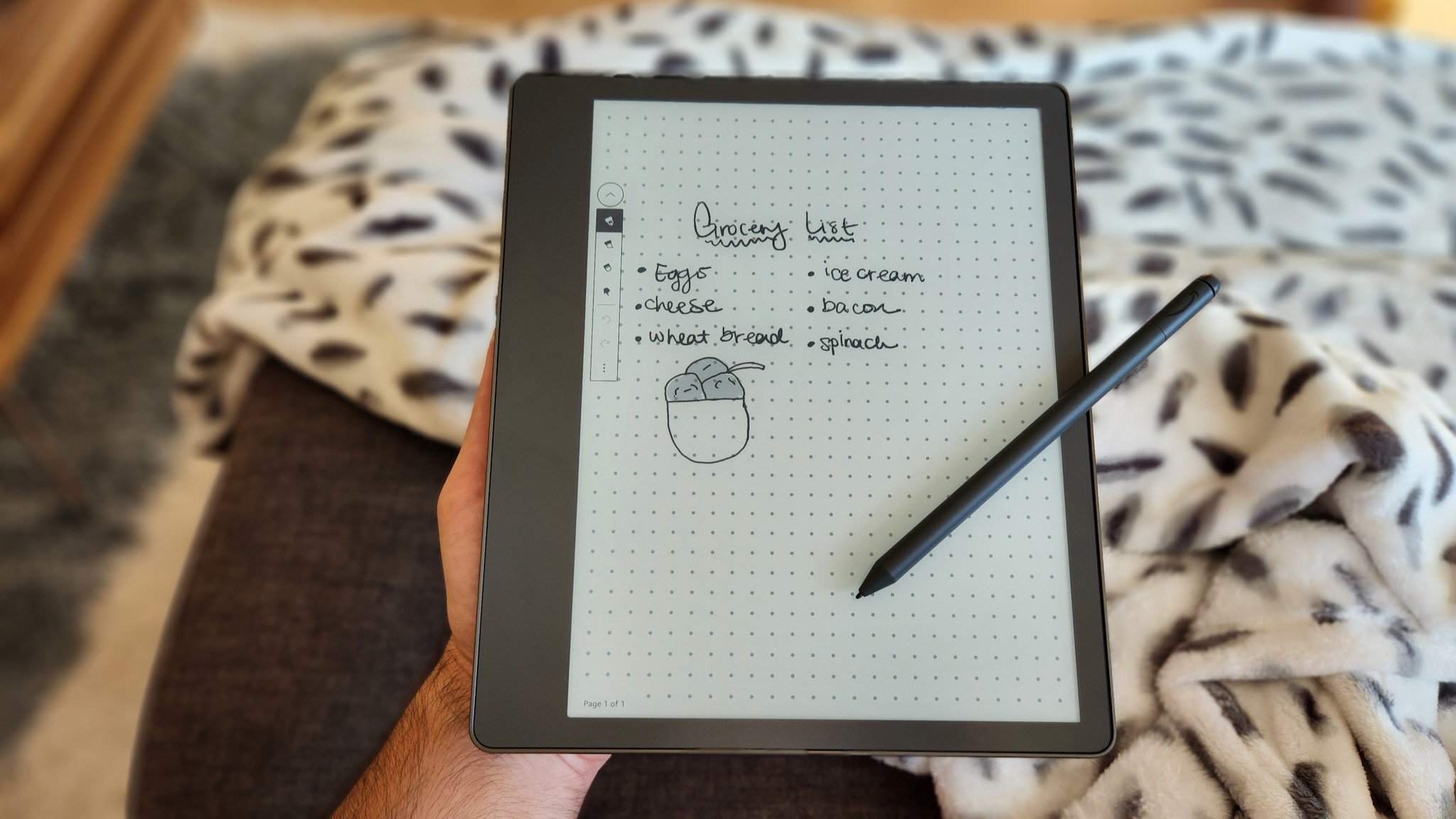Lenovo PHAB 2 Pro Tango preview: Consider our minds blown
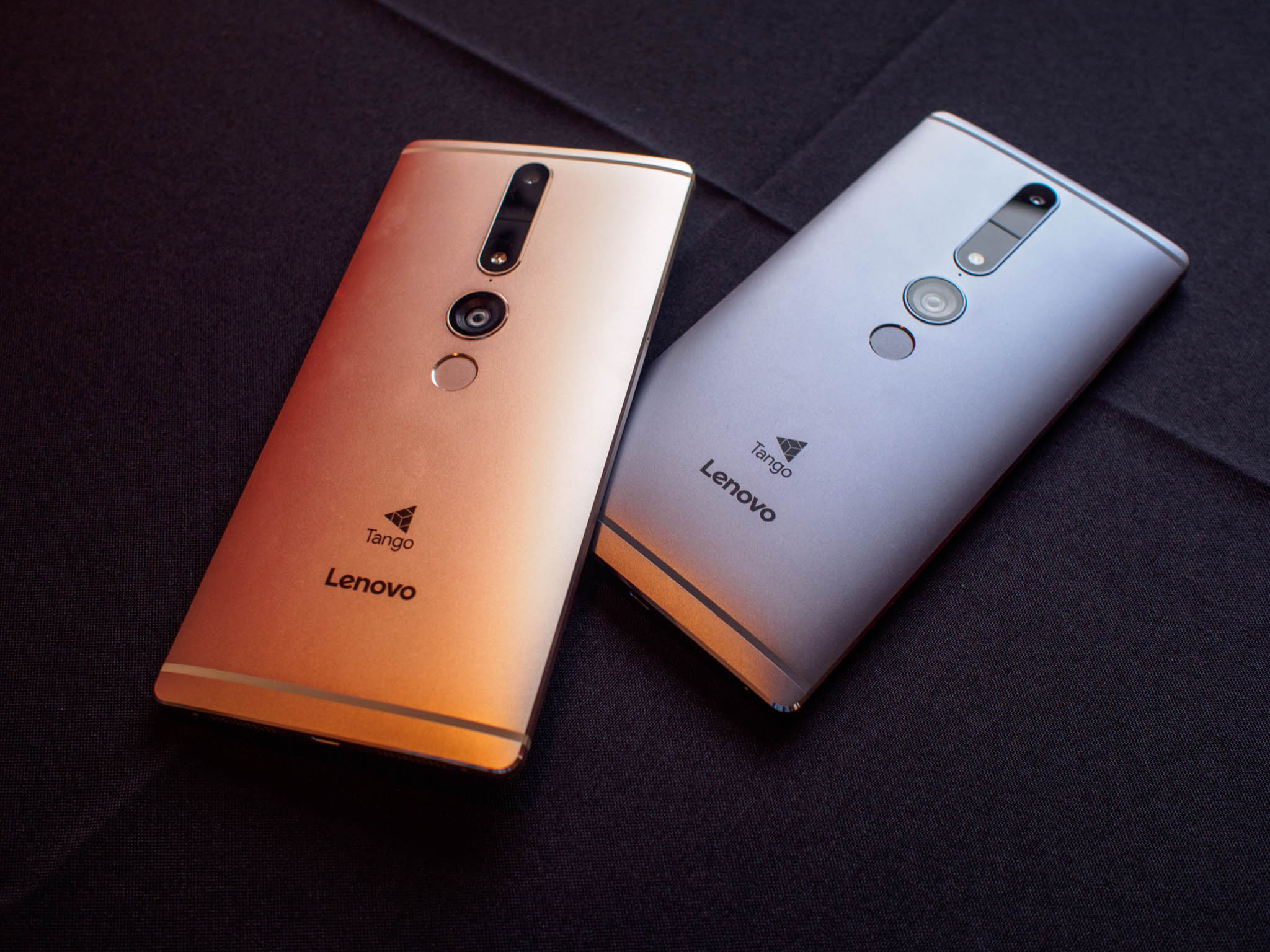
We know exactly two things about Google's Tango (which recently dropped "Project" from its name) — that it is incredibly cool and that we have no idea how most folks would find day-to-day use in the technology. While having the ultimate Augmented Reality tablet is amazing, and the ideas Google has developed for using the tech is phenomenal, a tablet or phone with computer vision and spatial awareness isn't yet a daily necessity for much of anyone. Lenovo is the first of what Google is hoping will be several partners over the next year releasing hardware to change that.
The most impressive of the three new Lenovo PHAB phones headed to the U.S. this year, the PHAB 2 Pro, is equipped with everything you'd find in the Tango developer tablet, plus a few extras. We sat down recently with a mostly finished version of the PHAB 2 Pro to get a feel for what Tango is all about on a phone, and walked away more than a little impressed.
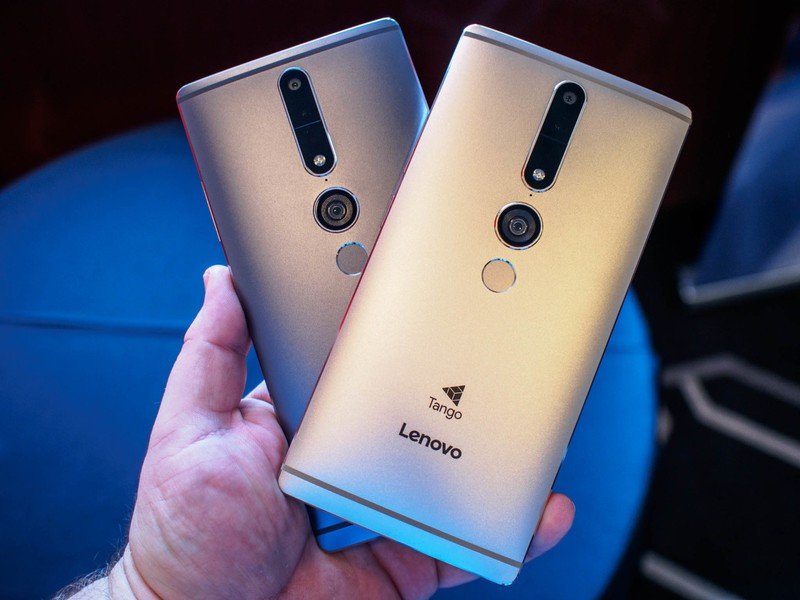
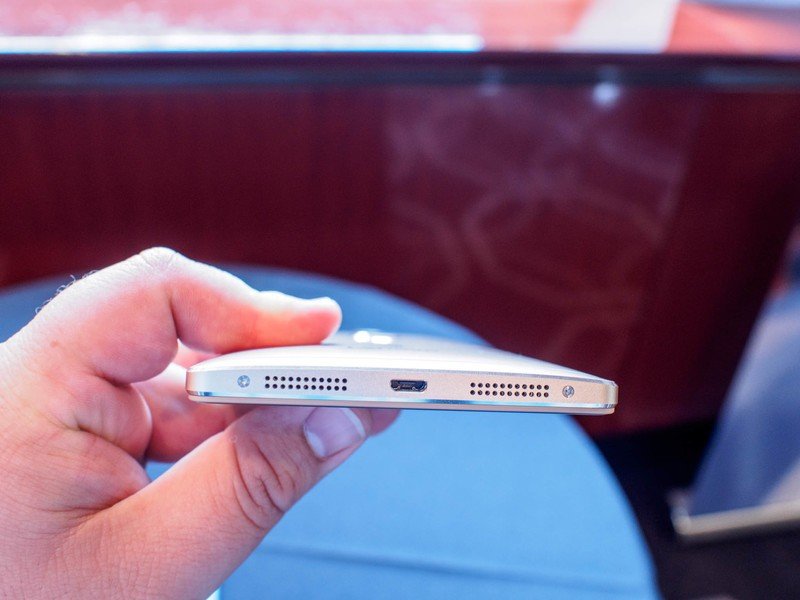
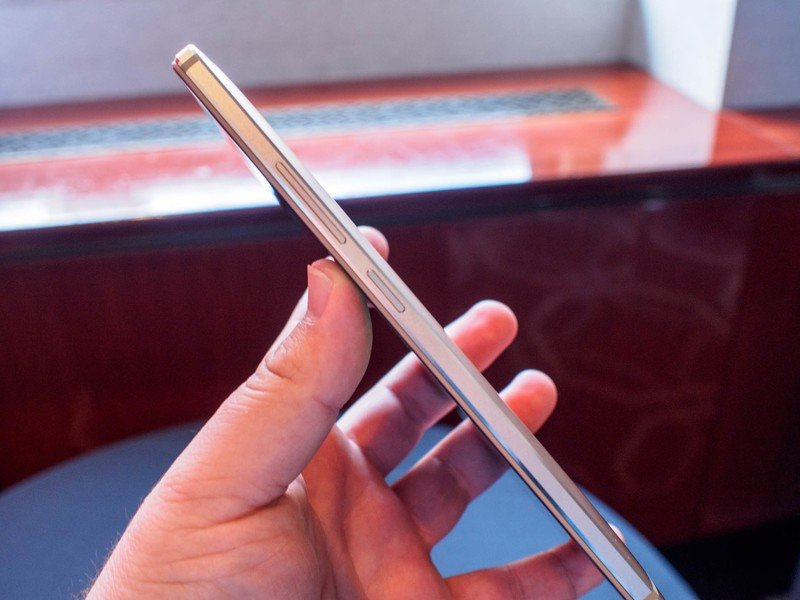
Like its predecessor, the PHAB 2 Pro is huge. It's packing a 6.4-inch QHD display with enough bulk on the sides to allow the three sizable cameras on the back to sit flush with the casing. Just like the Tango tablet, those cameras include a 16MP standard RGB camera, a fisheye camera for that "human" perspective, and an infrared camera for depth. Lenovo's IR sensor is not only significantly more responsive than the sensor included in the Tango tablet, it's also smaller. That's obviously a big deal when stuffing all of this hardware into something relatively phone-sized (and shaped), and keeping the cameras flush against the casing instead of protruding from the back makes this PHAB comfortable enough to hold and use like a phone. With Dolby Amos speakers on the bottom and a fingerprint sensor on the back, the rest of the body comes together nicely to form something that isn't obviously different from any other phone you'd see out in the world.
Despite the obvious need for processing power, the PHAB 2 Pro is running a Snapdragon 652 processor with 4GB of RAM. While we were testing the phone on an early build of the software, it's clear Qualcomm and Google have done quite a bit of work together to ensure this processor handles Tango tasks with no problem. Each demo ran smoothly, with load times between complex apps never feeling any more or less speedy than something running a Snapdragon 801 or better. Lenovo claims heat and battery drain won't be a problem thanks to the processor used and the 4050 mAh battery included in this behemoth, and in our brief usage the phone never really warmed up.
We're done talking about boring hardware stuff now, right? The software is what we're all here for!
Google plans to have 25 Tango-specific apps available in the Play Store when this phone launches, with a total of 100 apps planned by the end of the year. We got a chance to look at four of these apps.
Our first demo was of a furniture trial app. You pick a couch or a desk or an end table from the app, point the phone where you'd like to see that item in your room, and when it appears on the screen you can walk around the digital sofa and see how it fits with everything else in your room. We've seen similar demonstrations in Augmented Reality before, but with Tango this process was instant and remarkably accurate. You could be anywhere in the room with your phone and see how this sofa would look, or get in close and make sure nothing in the real world was bumping up against it. If you found that you liked that piece of furniture, you could purchase it right from the app.
Get the latest news from Android Central, your trusted companion in the world of Android
Next up was the dinosaur education app everyone say on display at Google I/O recently. The app let you put a dinosaur in the room with you, tap buttons around the creature for additional facts, and even take pictures standing next to the virtual animal. Dinosaur selfies are a very real thing thanks to Tango, though the camera quality when taking photos in that mode lacks a little something to be desired at this stage in development.
The PHAB 2 is a monster even by large phone standards.
Two of the apps were games, a futuristic robot shooter and a room-scale domino crafting game. The robot shooter encourages you to move around in the real world as floating drones come at you from every direction. You see the real world in the background through the display, but there are obstacles all around for you to crouch behind to avoid being shot at. Tap the screen to fire, kill them all, score the points. It's a ton of fun to be that active in a game, and perfect for showing off what Tango can do to someone who isn't going to appreciate measuring or a museum tour.
The final game we took a look at was all about using the world around you to build the most epic of domino creations imaginable. You can fill your floor with whatever patterns you like, build bridges to bring your lines up onto tables or across windows, and when you press go that satisfying sound of everything falling in order fills the room. It's not quite full on Rube Goldberg Machine complex, but it's close enough that you could easily spend a couple of hours building and recording some amazing creations.
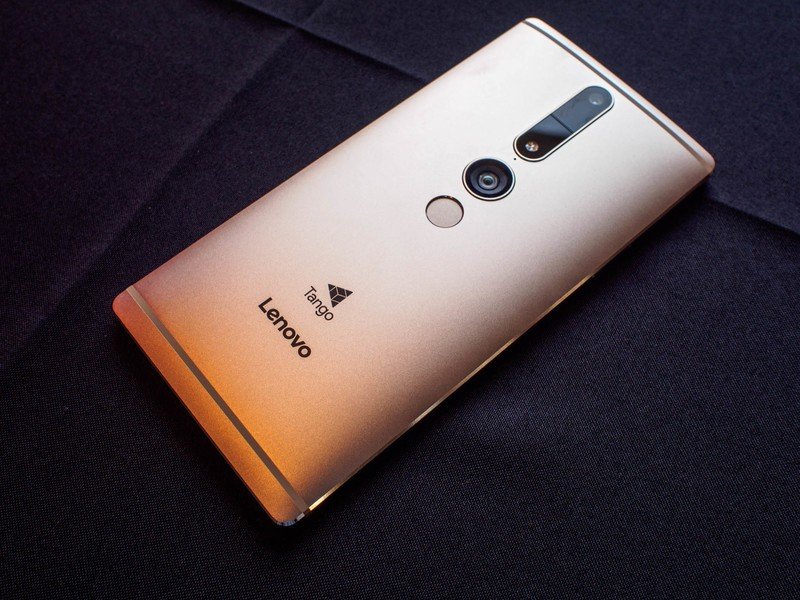
Is Tango the next must-have feature in every phone? We're not quite ready to make that claim yet. The PHAB 2 is a monster even by large phone standards, and it's clear even to Lenovo that this phone is going to need a specific kind of consumer in order to take off initially. As a result, the PHAB 2 is headed to Lowe's and Best Buy stores at the end of the summer for $499, targeting an industry filled with people who would love to be able to show their customers how a project will look before it is finished or a quick way to measure something at an odd angle. We're going to be keeping a close eye on this phone, and see how everything feels once the software is final.


